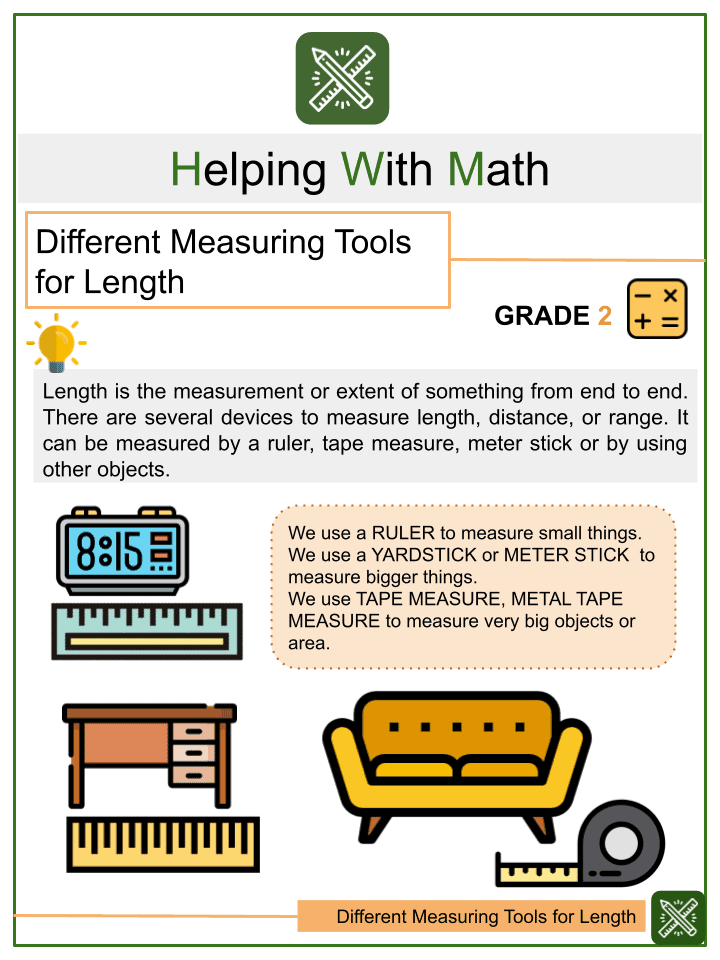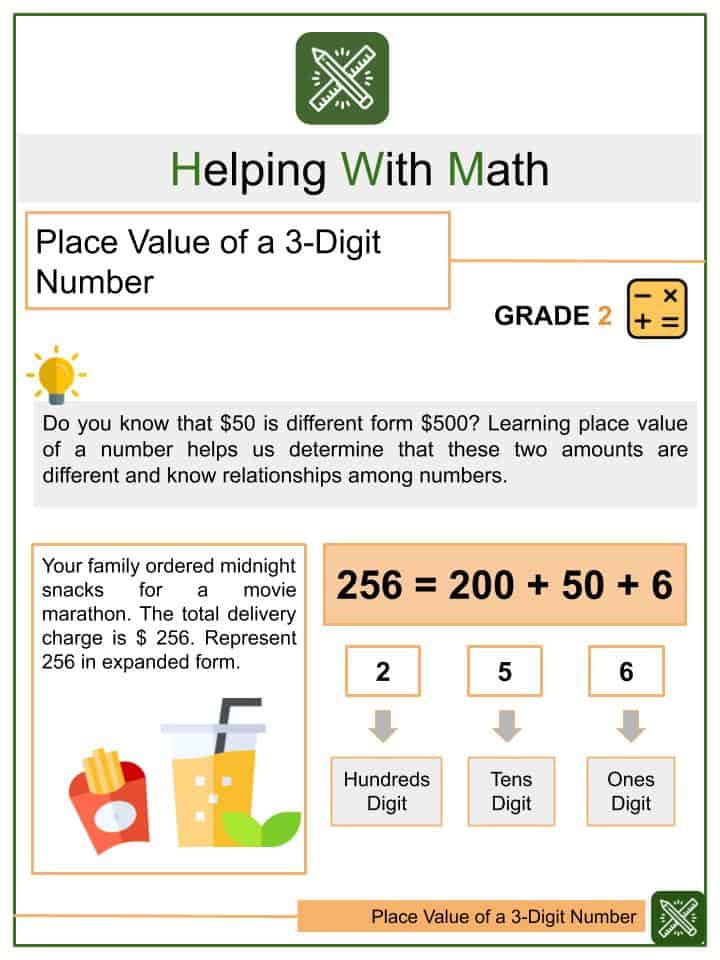2nd Grade Math Worksheets
In this section, you can view all of our second-grade math worksheets and resources. These include common-core aligned, themed and age-specific worksheets. Perfect to use in the classroom or homeschooling environment.
We add dozens of new worksheets and materials for math teachers and homeschool parents every month. Below are the latest grade 2 worksheets added to the site.
2nd Grade Common Core Aligned Learning Objectives & Standards:
Learning objectives:
In Grade 2, instructional time should focus on four major areas:
(1) strengthening the concepts of base-ten notation;
(2) generating fluency with addition and subtraction;
(3) utilizing standard units of measure; and
(4) categorizing and differentiating shapes.
Skills to develop:
a. Conceptual skills
- Learners demonstrate proficiency in understanding the base-ten system. The ideas of skip counting in twos, fives, tens, and multiples of hundreds, tens, and ones, as well as number relationships involving these units, including comparing are expected to approach mastery. Also, they must show understanding of multi-digit numbers (up to 1000) written in base-ten notation. Associate a higher level place value system to recognize that the digits in each place represent amounts of thousands, hundreds, tens, or ones (e.g. 921 is 9 hundreds + 2 tens + 1 ones).
- They are introduced to the concepts of odd and even numbers and should be able to explain what makes a number odd or even. They should learn the concept behind skip counting and comparing numbers using inequality symbols such as <, >, =.
- Students must recognize the different standard units of measure for length (e.g. in centimeter and inch) and should be able to tell the appropriateness in using such. By this, learners can be able to compare smaller units from larger units. These skills should also be applicable when the second graders are already introduced to the concepts of time (in hours, minutes, and seconds; days, weeks, months, years) and different money denominations for coins and bills.
- Learners are expected to show initial understanding of picture graph, bar graph, and line graph by identifying the differences of each type and telling the appropriateness to use such.
- They should be able to describe and analyze shapes by examining their sides, angles, and other relative properties.
b. Procedural skills
- Second graders need to construct their own understanding of addition in order to develop fluency with addition and subtraction within 100 through fast-paced calculations and mental computations.
- They are expected to do numerical computations to solve problems within 1000 by applying their understanding of models for addition and subtraction. Also to develop, discuss, and use efficient, accurate, and generalizable methods to solve for sums and differences of whole numbers in base-ten notation, using their understanding of place value and the properties of operations. They should choose and ensure appropriateness of methods/strategies for the context and the numbers involved to mentally calculate sums and differences for numbers with only tens or only hundreds.
- They should get familiarized and be able to practice measuring objects using rulers and other measurement tools with the understanding that linear measure involves an iteration of units. Learners will be able to conduct simple exploratory activities to describe and reason about decomposing and combining shapes to make other shapes. Through building, drawing, and analyzing two- and three-dimensional shapes, students develop a foundation for understanding area, volume, congruence, similarity, and symmetry in later grades.
c. Life skills
- Learners would be able to strengthen their understanding of counting, addition, and subtraction of whole numbers within 1000. Given this range, second graders will have a larger perspective of numerical values in their daily lives such as transacting involving coins and bills, measuring length of objects (in standard units), telling time, etc.



















